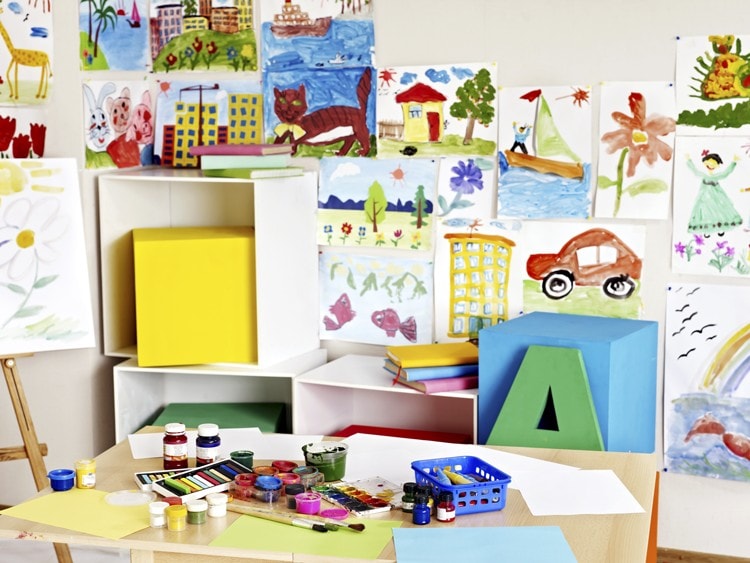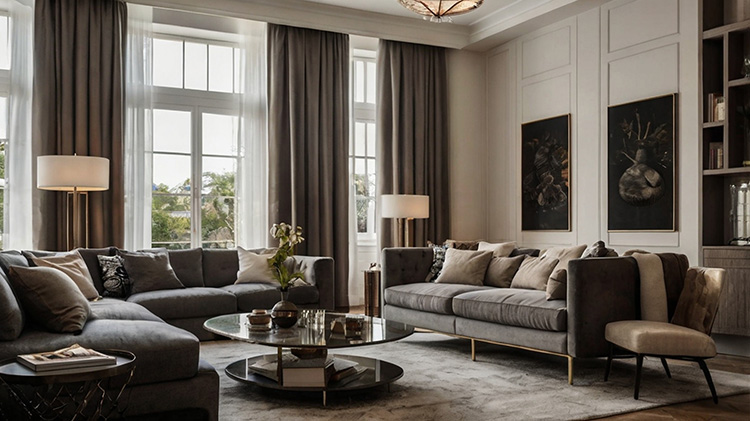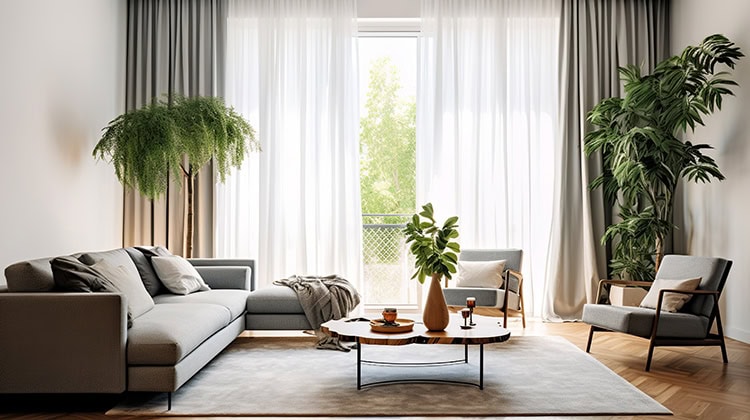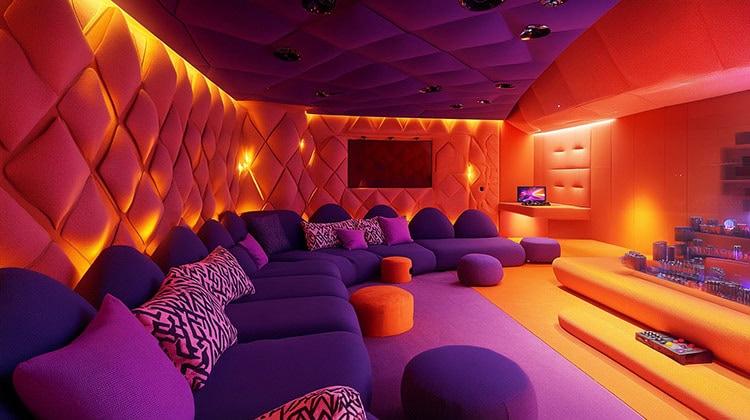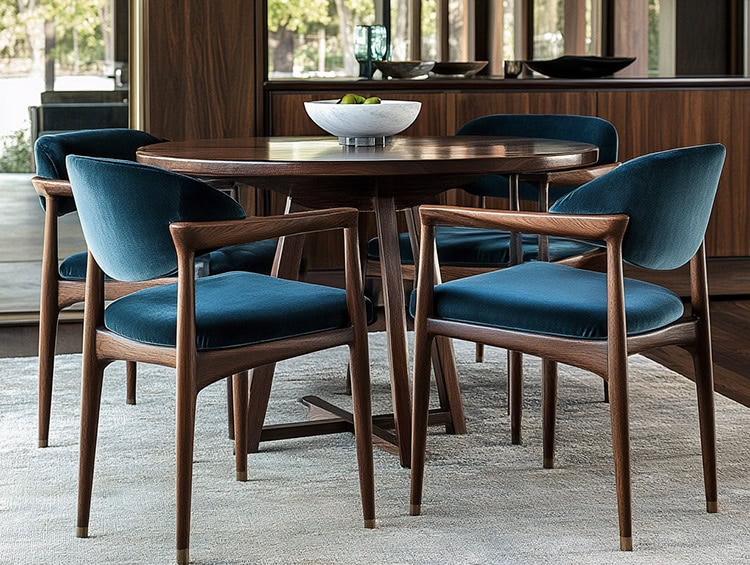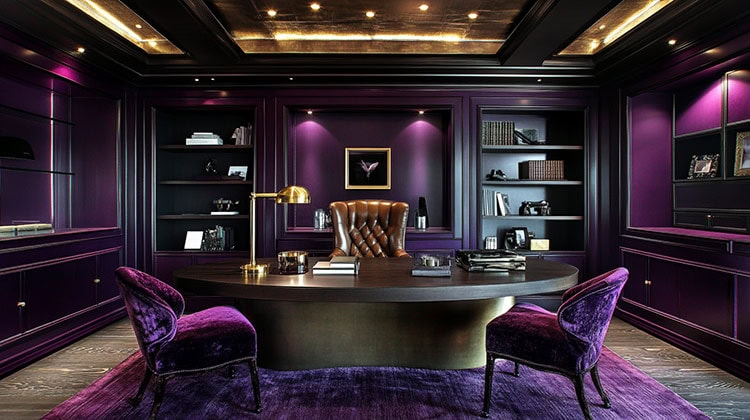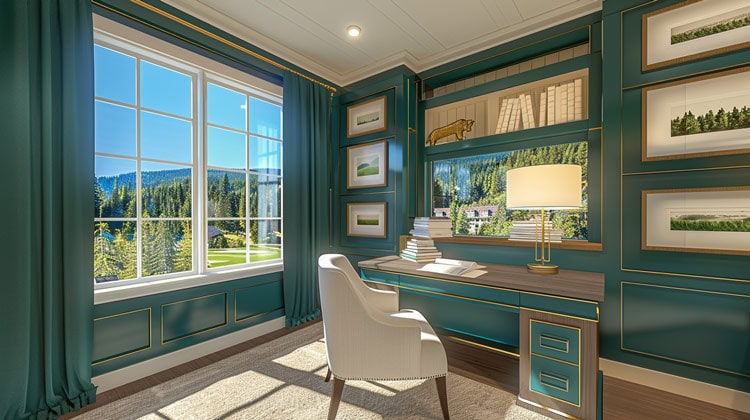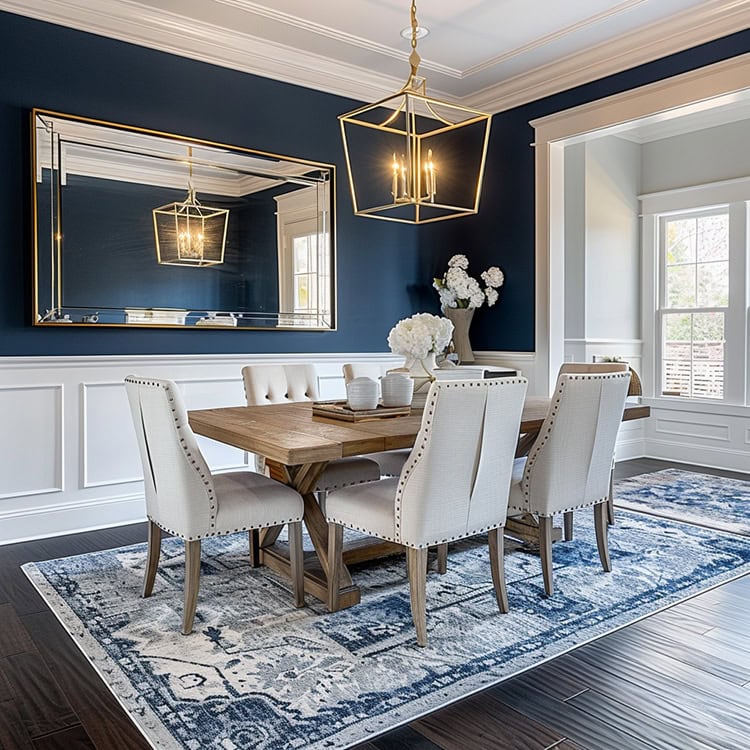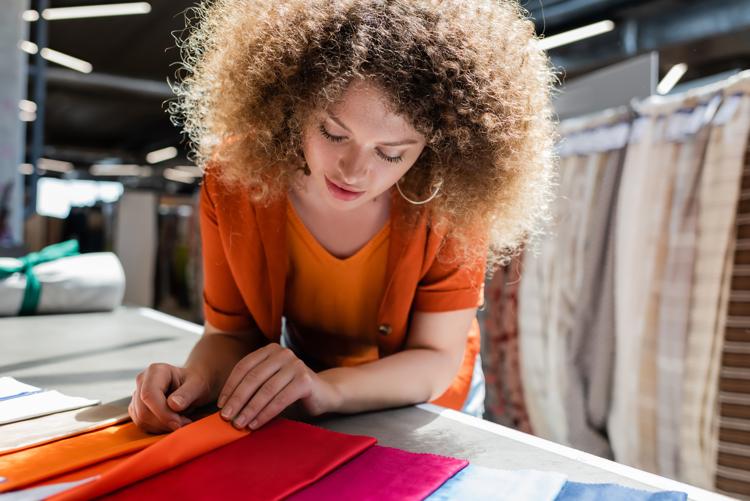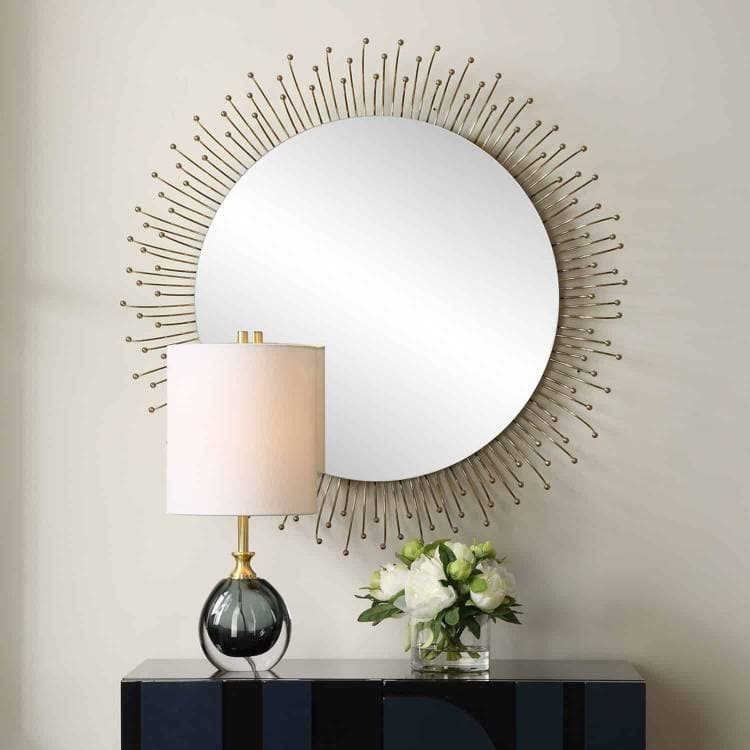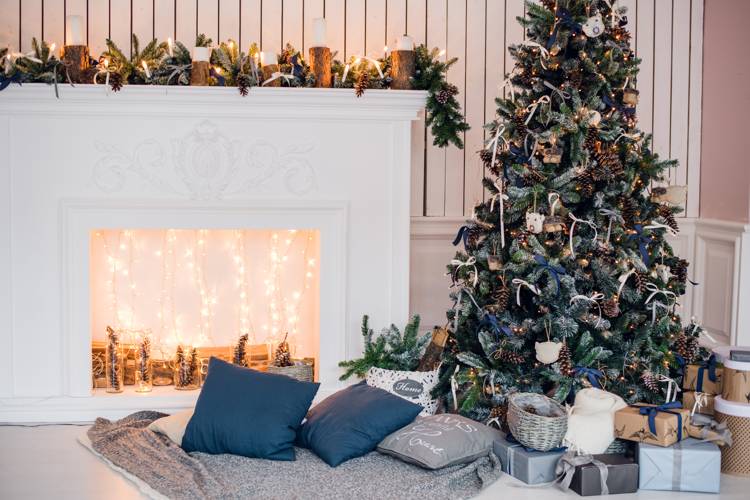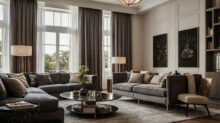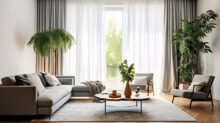Children love to play and it’s important that they have a special place of their own to do so. Many homes (like mine), however, aren’t equipped with an extra room that can be dedicated to play. In cases such as this, the child’s play area often defaults to their bedroom, the basement, or a small corner in the living room. And that’s totally okay! Even the smallest of spaces dedicated to playing can be a wonderful asset to your child(ren). If you do have the extra square footage, however, a designated playroom is a great way to provide a safe place to play while keeping toys out of the main areas of your home.
Speaking of toys…
As you design the playroom, it’s important to remember that toys are only a small part of making it fun. The bigger issue actually revolves around the decor. Decor can really make a difference in how well the space works and how much your child enjoys using it. Color, textiles, light, storage, and other basic design elements are all key players in creating a space your child really loves to spend time in.
To get you started, here are some various ideas that will hopefully inspire you to design the perfect space for your little one to have some fun.
Design for the Child, Not for You
As a parent, you are probably full of ideas for a playroom–but what you have in mind might not actually be things your child likes, or wants, for that matter. Since your child is the one who will spend the most time in that area, it’s really important to design it with their interests in mind. Each child is unique and so is their imagination. While one child may be big into trains, Legos, or sports, the other could favor books, art, or dress-up.
To simplify the design process, keep all types of play in mind. Tables, easels, area rugs, and cushy chairs are basic playroom staples you can’t go wrong with. Items such as these can help promote their interests for a number of years. Tight on space? Opt for chalkboard paint on the wall. It makes for a fun feature wall and works just as well as an easel.
Another thing to consider is designing dedicated sections for specific types of play. Reading nooks, cooking corners, and art (or music) stations are just a few zones that can be created for your kids. Not only do they make the purpose of the space clear, it allows a variety of ages to make use of the area without tripping over one another.
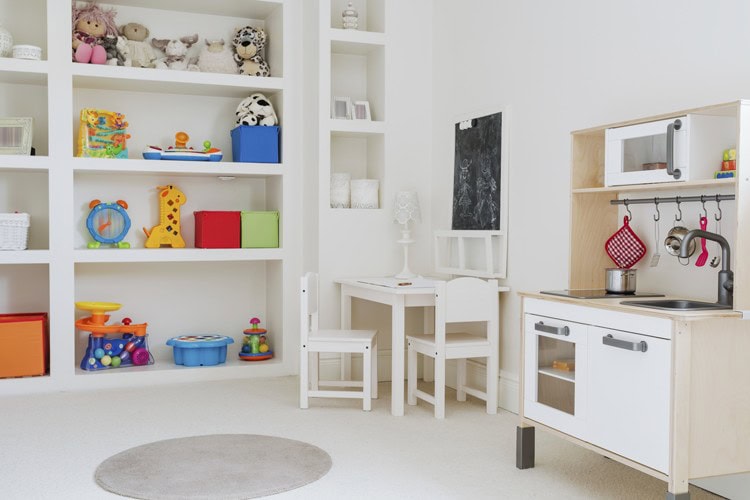
Splash it With Color
There are lots of fun colors out there to choose from that can make a playroom a desirable place for your little ones. And color doesn’t have to stay on the walls or doors. Color can actually be incorporated in a variety of ways, including artwork and textiles.
There’s no need to spend a lot of money on wall art for a playroom. Some of the best artwork you can use to decorate are the masterpieces created by your own little one(s)! Surprise them by creating a gallery wall complete with framed art they’ve drawn or painted all by themselves. Their face is sure to light up seeing their work displayed so proudly!
When it comes to textiles, focus on rugs, window treatments, and upholstery. Rugs serve a dual purpose in a home. Not only do they bring in a pop of color for visual interest, they protect the floor beneath them (and in a playroom, the knees atop them). Since it is a playroom you’re designing, opt for a rug that’s plush. It’ll be a much more comfortable play area for your little one(s).
In regards to textiles for window treatments and upholstery, you can find a ton of great kid-friendly fabrics that will accommodate your children’s interests by visiting your local fabric store. If you don’t have a fabric store nearby, look for some great fabrics online, many at discount prices. Since this will be a playroom, you want a durable fabric that cleans easily, but you don’t want to pay a fortune. Often times, you can find discount fabric easily enough that will work well. As a general rule, pick your fabrics before you pick the paint color. It’s much easier to match paint to fabric than it is to match fabric to paint. Also keep in mind that themes come and go quickly, so if possible, pick patterns and colors that will grow with the child, rather than cartoon characters they’ll outgrow quickly.
Storage, storage, storage!
Kids tend to come with a lot of toys, so unless you want the floors constantly covered, then storage is important. To maximize your space, go for vertical storage like floor to ceiling shelving (cubbies) and store toys in colorful baskets. Armoires or lockers are other great organization tools for a playroom (to save some money, check flea markets or thrift stores for ones in need of a little TLC). There are even multipurpose furniture pieces like benches, ottomans, and tables that have removable tops and storage within.
To avoid mass clutter, be sure to have dedicated storage for specific items. Art supplies, books, toy cars, or anything else your child enjoys playing with should have its own place to be stored. Cleanup may not always be perfect, but over time, your kids will be mindful of their duty to put items away in their special place.
Ask for help
The best way to create a playroom your kids are sure to enjoy? Ask them for their input! Younger children may not be able to express their ideas in a way that helps your design process, but they can certainly help in areas like color choices, textures, and accessories. Who knows, they may come up with some really cool ideas!
Looking for a fabric store near you in Plano, Tx? Come by our Cutting Corners showroom in Dallas, TX, for the best deals on discount designer fabrics for drapery, upholstery and more! Don’t know where to start? Our team has oodles of experience and can help guide you every step of the way.

